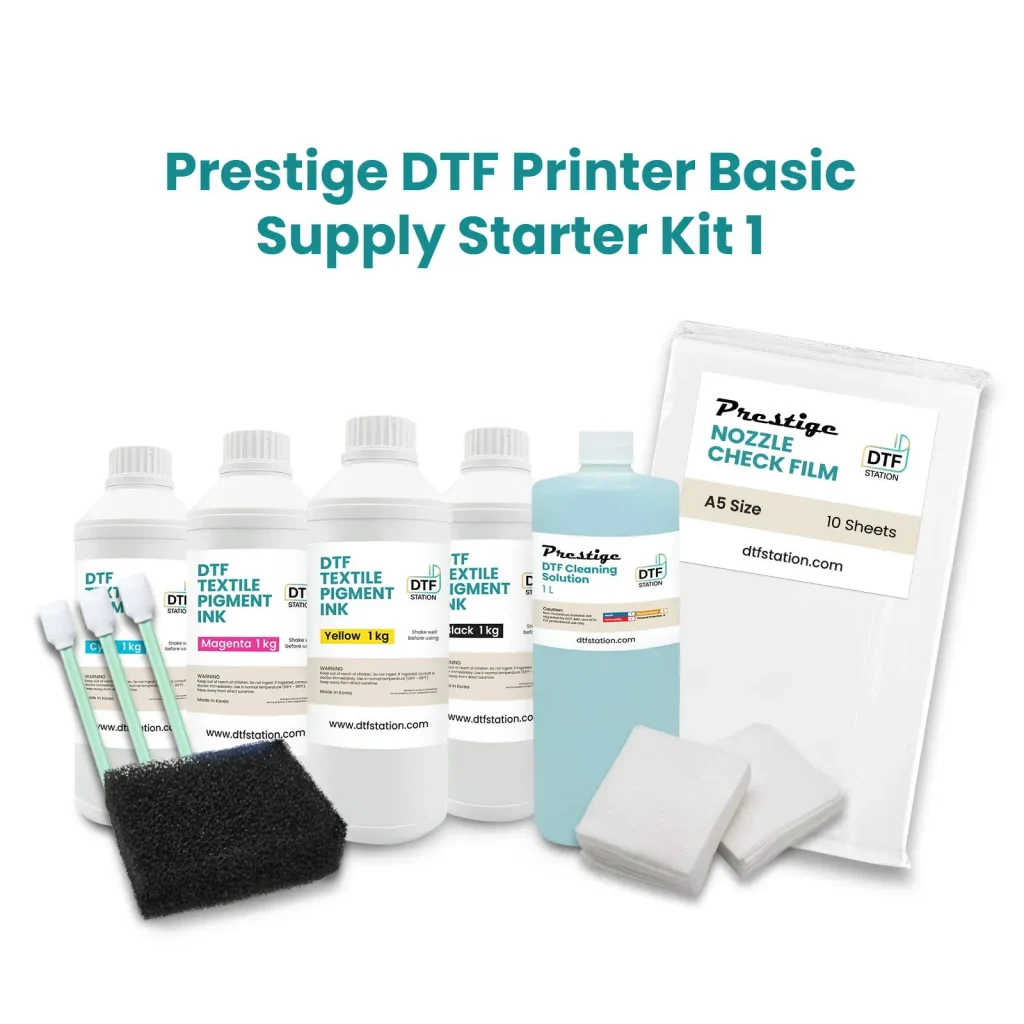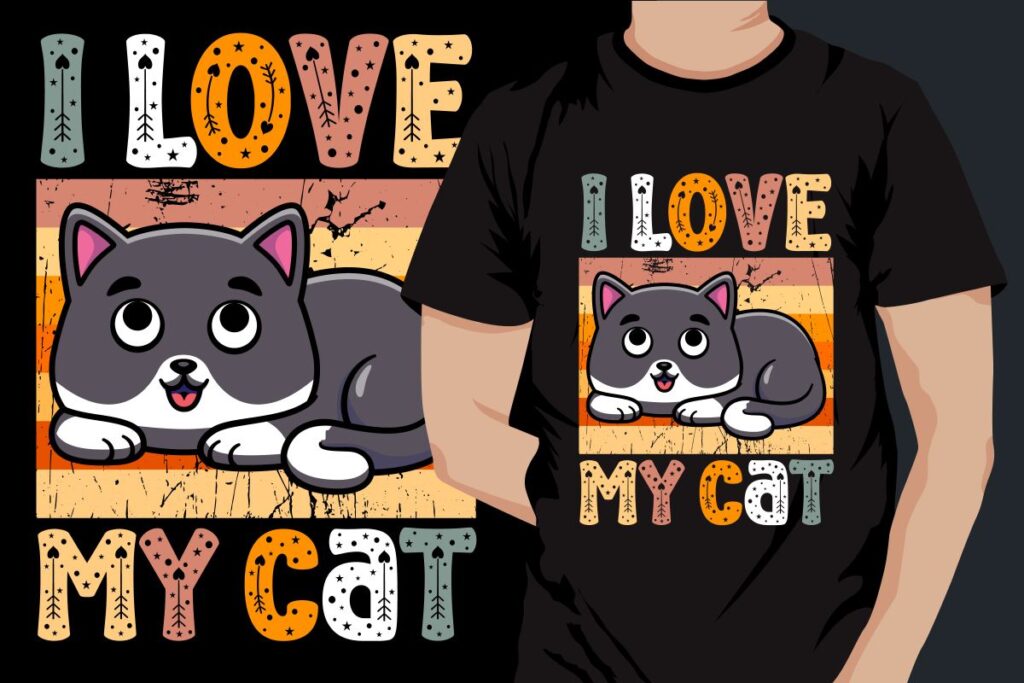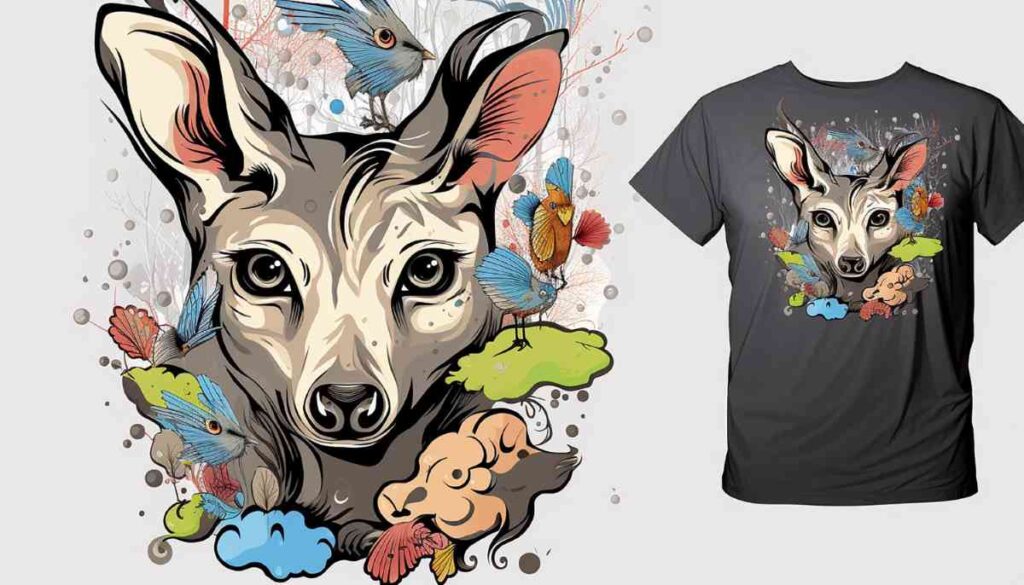In the dynamic realm of textile printing, DTF supplies play a pivotal role in revolutionizing how designs are transferred onto fabrics. Direct-to-Film (DTF) printing harnesses the power of innovative technologies, combining high-quality DTF inks and specialized DTF film to create vibrant, long-lasting prints. With the right DTF equipment, print professionals can achieve remarkable color accuracy and fabric adherence, pushing the boundaries of creative expression. This guide delves into the essential DTF supplies you need to elevate your printing game, from the latest advancements in inks and films to the most efficient equipment on the market. Whether you’re new to the industry or looking to enhance your current setup, understanding these supplies is key to thriving in the competitive print landscape.
When discussing advanced printing techniques for textiles, the term Direct-to-Film (DTF) printing is often at the forefront of innovation. This method effectively utilizes specific materials designed to transfer images seamlessly onto various fabric types, creating stunning results. With tools such as transfer films and premium inks, professionals can optimize their printing processes to ensure high-quality outputs. Additionally, the emergence of specialized DTF equipment has significantly streamlined operations, making it a preferred choice among those in the custom apparel industry. As the market for these printing methods continues to grow, mastering the intricacies of these supplies is essential for any successful print business.
Understanding DTF Printing Fundamentals
DTF printing, or Direct-to-Film printing, revolutionizes the textile printing industry by enabling high-quality transfers from film to fabric. This method capitalizes on advanced printing technology and uses specialized inks that bond with various textiles such as cotton and polyester. By printing designs on a unique film, DTF printing separates itself from traditional methods like screen printing and direct-to-garment printing, offering vibrantly detailed images that stand the test of time.
The process of DTF involves several critical steps, starting with printing the design onto a transfer film using specialized DTF inks. Once printed, an adhesive powder is applied to the wet ink, which is then cured using heat, preparing it for the transfer phase. Finally, the film is pressed onto the desired fabric with a heat press, allowing the design to adhere firmly to the garment. This method not only enhances the visual appeal but also ensures durability, making it an excellent choice for mass production and personalized apparel.
The Importance of Quality DTF Inks
Choosing the right DTF inks is paramount for achieving vibrant colors and long-lasting prints in textile applications. The recent developments in ink technology focus on creating formulations that are not only environmentally friendly but also enhance color vibrancy and adherence. Brands like Epson and Mimaki are setting standards with their new ink lines designed specifically for DTF printing, ensuring that professionals can produce high-quality garments that resist fading and wear.
Quality DTF inks significantly affect the print’s durability, especially after multiple washes. With advancements in ink formulation, manufacturers are now introducing inks that improve wash fastness and resistance to cracking, providing reliable solutions for custom apparel demands. This focus on quality ensures that customers receive products that meet high standards, leading to increased satisfaction and repeat business for print professionals.
Exploring DTF Film Innovations
The choice of DTF film is crucial in the printing process, as it dramatically affects the final output quality. Innovations in DTF film technology have resulted in materials that are not only compatible with various inks but also optimized for different pressing techniques. For instance, contemporary films from brands like Ultratint incorporate features that enhance flexibility and transfer efficiency, making them adaptable to diverse fabric types.
Moreover, advancements in film durability address common issues like yellowing and cracking over time. Modern DTF films are designed to withstand higher temperature ranges during the heat transfer process without compromising the integrity of the print. This ensures that print professionals can achieve consistent and reliable results, enhancing the overall quality of the final product while reducing resource wastage.
Latest Equipment Advancements in DTF Printing
The evolution of DTF printing equipment is paving the way for streamlined operations in print shops. New printer models released by companies such as Galaxy and Roland are specifically engineered for DTF applications, integrating speed and efficiency into the production process. These printers come equipped with features that systematically enhance color accuracy and print precision, making them indispensable for modern textile printing.
Additionally, investing in user-friendly printers reduces the learning curve for new operators, allowing businesses to increase their output without sacrificing quality. The incorporation of automated functions in DTF printers can also significantly reduce labor costs and time, enabling print shops to handle larger volumes and tighter deadlines more efficiently. As the demand for customized apparel grows, having the right equipment at hand becomes essential for staying competitive.
Educational Opportunities for DTF Professionals
As the DTF printing field expands, continuous learning and skill development become necessary for print professionals. Workshops and training sessions focused on DTF technology are emerging as crucial resources for individuals looking to enhance their knowledge and operational efficiency. These educational initiatives often provide hands-on experience with the latest DTF equipment and supplies, offering insights into best practices that can elevate a print shop’s profitability.
Moreover, these training opportunities cover pivotal areas such as machine maintenance, ink management, and design optimization, aiding professionals in maximizing the capabilities of their DTF setups. Engaging with expert-led sessions not only empowers staff but also fosters a culture of innovation within a business, preparing print professionals to effectively meet customer demands while maintaining high standards.
The Future of DTF Printing Market Trends
The DTF printing market is projected to grow significantly in the coming years, driven by the increasing demand for custom apparel and advancements in digital print technologies. The ability to produce vibrant, high-quality prints quickly makes DTF an appealing option for businesses looking to capitalize on the personalization trend within the fashion industry. With projections indicating a CAGR of over 20%, print professionals need to adapt swiftly to these evolving expectations.
Sustainability is also becoming a crucial consideration within the DTF printing landscape. With consumers increasingly prioritizing eco-friendly practices, print businesses are urged to innovate their supply chains by utilizing environmentally conscious materials and processes. By aligning with these sustainability trends, print professionals not only enhance their brand image but also attract a growing customer segment that values responsible production.
Frequently Asked Questions
What are the essential DTF supplies for successful Direct-to-Film printing?
To achieve success in Direct-to-Film (DTF) printing, essential supplies include high-quality DTF inks, specialized DTF film, and reliable DTF equipment like printers and heat presses. Additionally, using appropriate adhesives and transfer films is crucial for ensuring vibrant and durable prints on various fabrics.
How do DTF inks impact the quality of prints in DTF printing?
DTF inks significantly influence print quality by enhancing color vibrancy and durability. Modern DTF ink formulations are designed to provide excellent adherence to fabrics and resilient wash fastness, ensuring that prints maintain their brilliance even after multiple washes, which is essential for customer satisfaction.
What makes DTF film unique compared to other printing films?
DTF film is specifically engineered to work with Direct-to-Film printing methods. It has a special coating that allows DTF inks to transfer effectively to the fabric under heat and pressure, resulting in vibrant and flexible prints. This makes DTF film an essential component in achieving high-quality results in textile printing.
What advancements are being made in DTF equipment for print professionals?
Recent advancements in DTF equipment include the introduction of user-friendly printers specifically designed for Direct-to-Film printing, such as models from reputable brands like Galaxy and Roland. These printers feature advanced technology that enhances workflow efficiency and reduces turnaround times while maintaining high-quality print output.
Are there training opportunities available for learning DTF printing techniques?
Yes, numerous workshops and training sessions are now available for print professionals looking to master DTF printing. These programs cover important topics like machine maintenance, ink management, and design optimization to help professionals develop the skills needed for successful DTF printing.
How does sustainability play a role in DTF supplies and printing?
Sustainability is becoming increasingly important in DTF printing, with companies focusing on eco-friendly DTF inks and materials. Innovations aimed at minimizing environmental impact align with consumer expectations, making sustainable practices a key consideration in the production of DTF supplies.
| Key Point | Details |
|---|---|
| DTF Printing Technology | Innovative technique for textile printing that transfers designs from film to fabric using heat and pressure. |
| Quality of DTF Inks | Advancements lead to eco-friendly inks with improved durability and vibrancy, crucial for customer satisfaction. |
| Film and Adhesive Innovations | New transfer films and adhesives enhance print flexibility and reduce transfer times, aiding diverse textile applications. |
| Equipment Advancements | Printers tailored for DTF improve efficiency and print quality, essential for meeting customer demands. |
| Workshops and Training | Educational initiatives provide critical skills in DTF printing, enhancing machine maintenance and design optimization. |
| Market Trends: Growing Demand | Predicted 20% CAGR driven by custom apparel demand and digital advancements, emphasizing personalization. |
| Market Trends: Sustainability | Focus on sustainable materials aligns with consumer expectations and enhances brand image. |
| Recommendations | Engage in trade shows, invest in modern supplies, and pursue ongoing education to stay competitive in DTF printing. |
Summary
DTF supplies play a crucial role in the vibrant world of textile printing, where staying abreast of new technologies and innovations can significantly enhance production quality. As the landscape of DTF printing continues to evolve, professionals must prioritize the use of high-quality inks, films, and equipment that promise sustainable and efficient outcomes. By embracing the latest trends and investing in educational opportunities, print specialists can not only meet customer demands but also position themselves as leaders in the competitive textile market. In conclusion, understanding and utilizing DTF supplies effectively can unlock endless possibilities for creativity and operational efficiency in the print industry.



